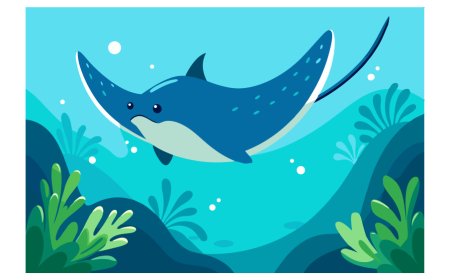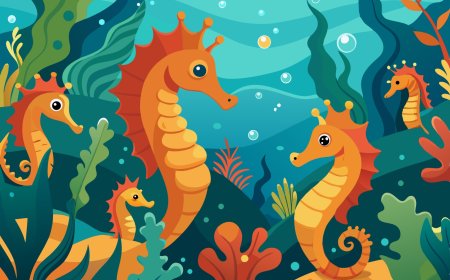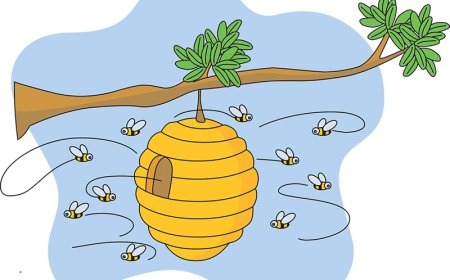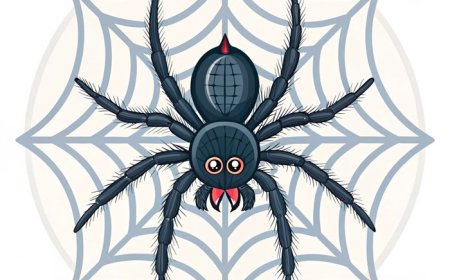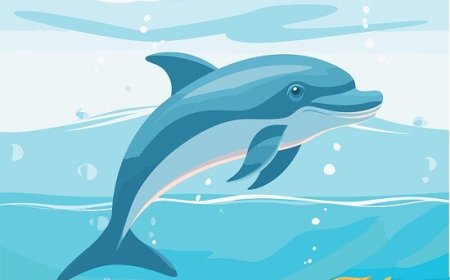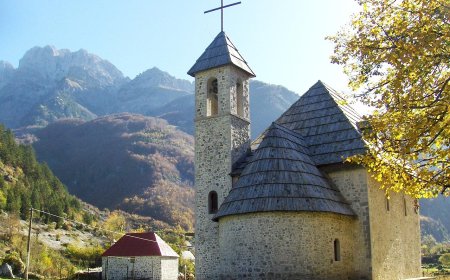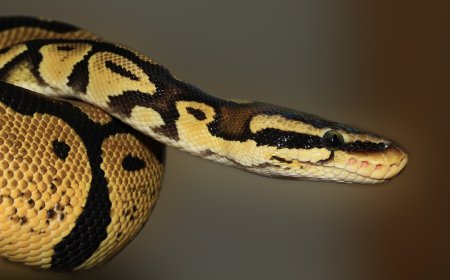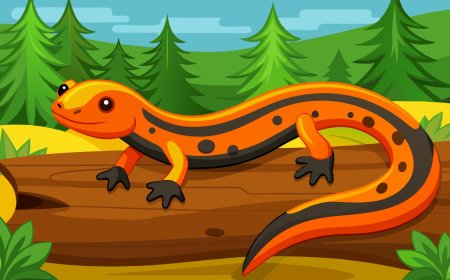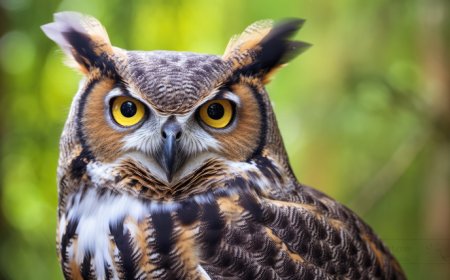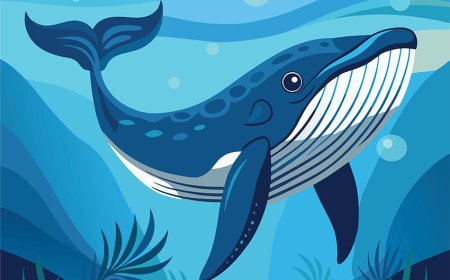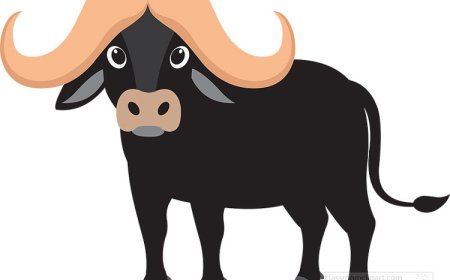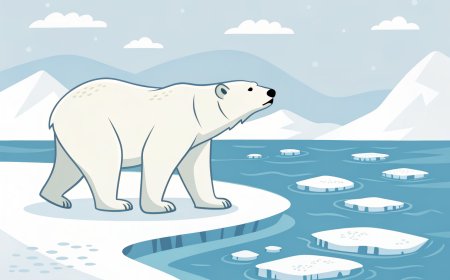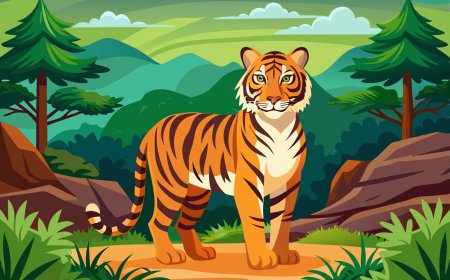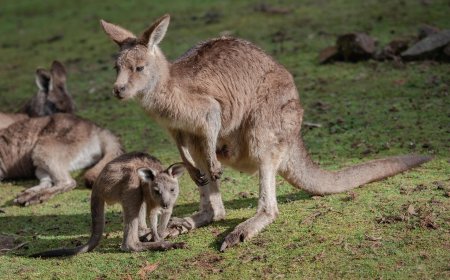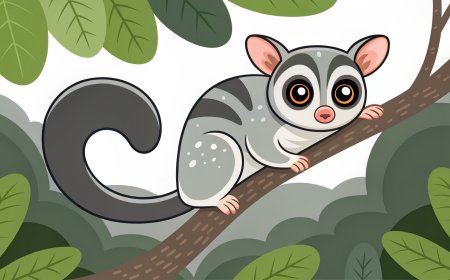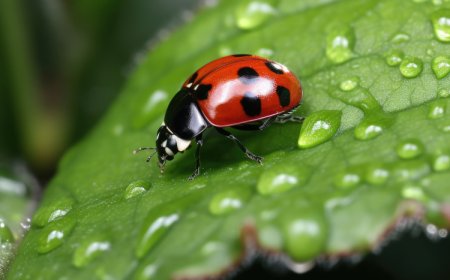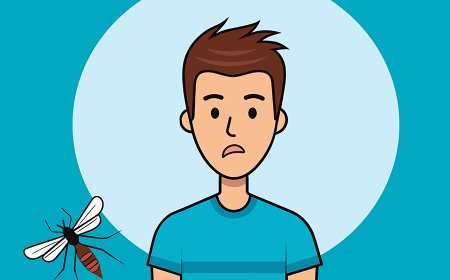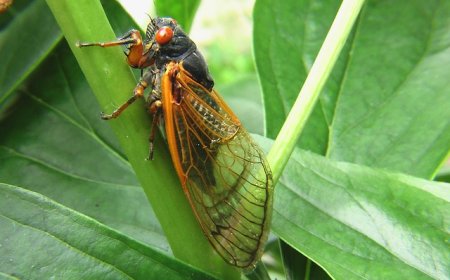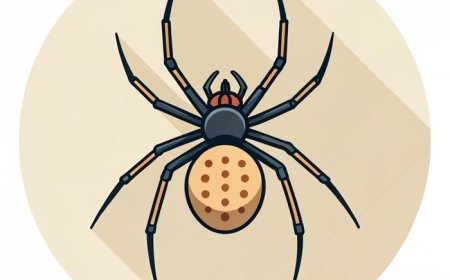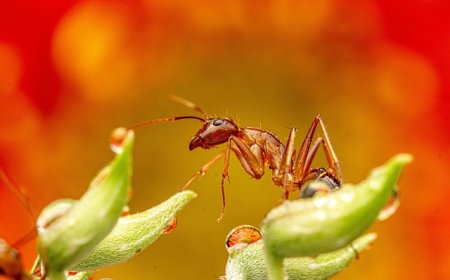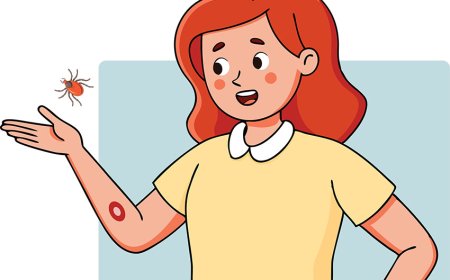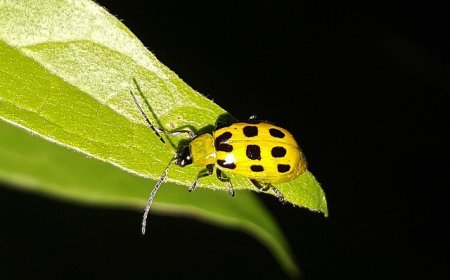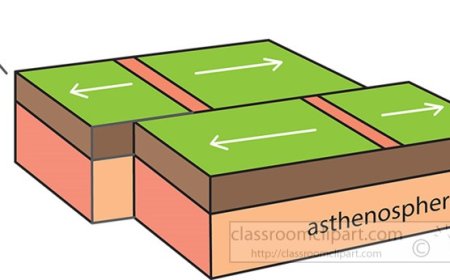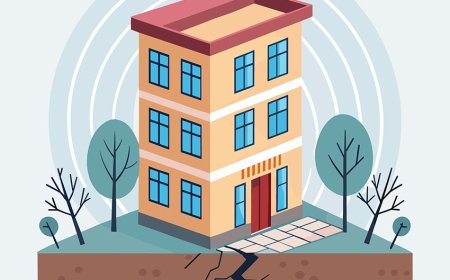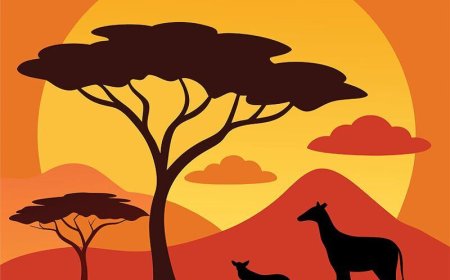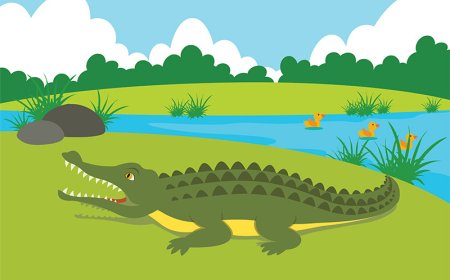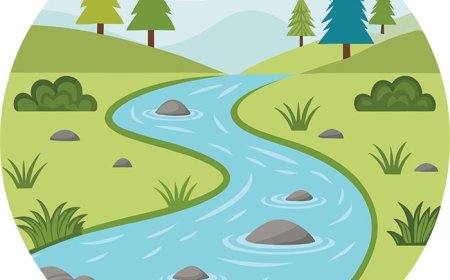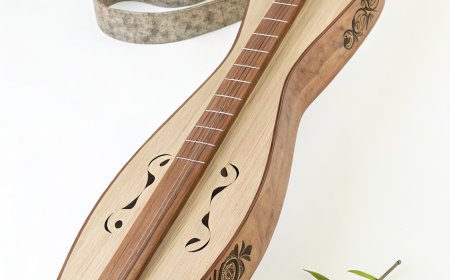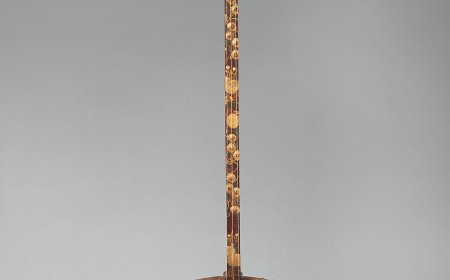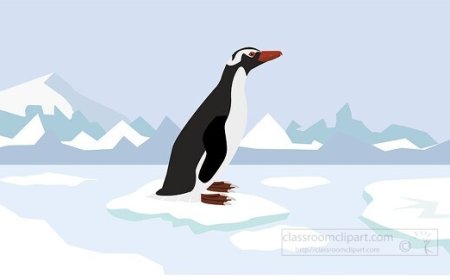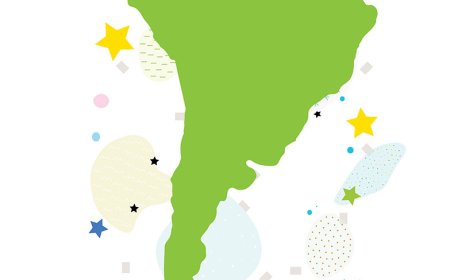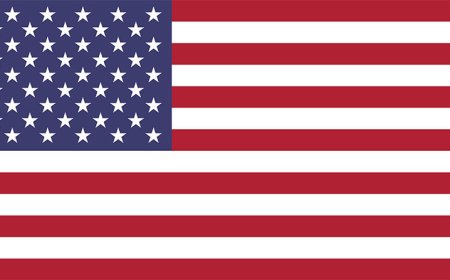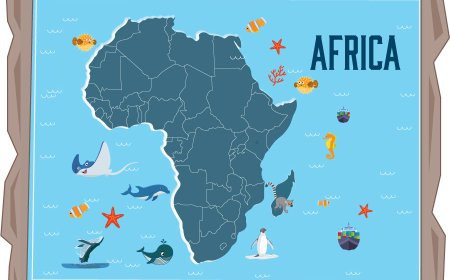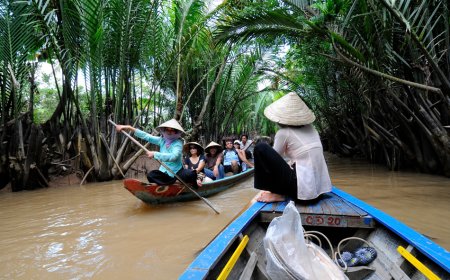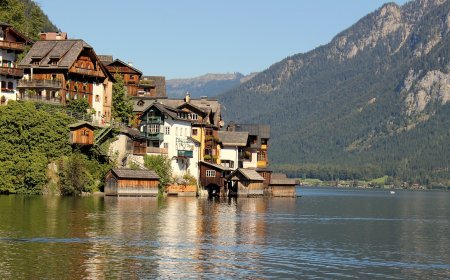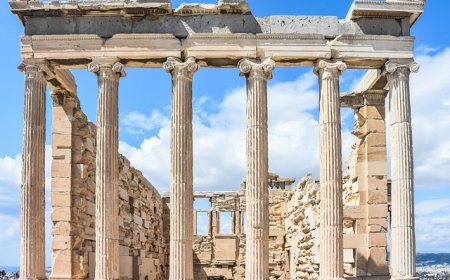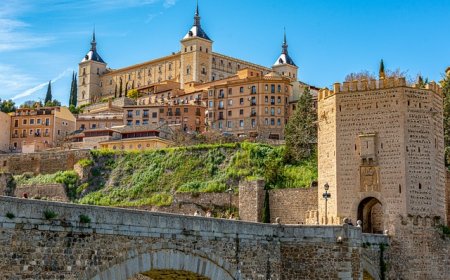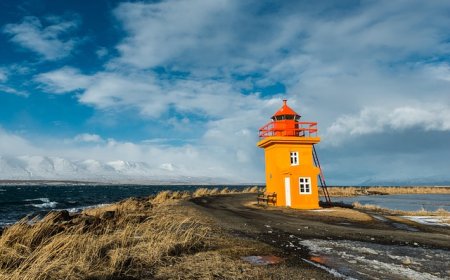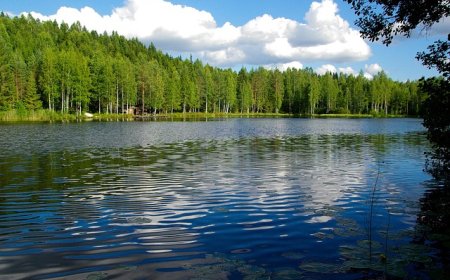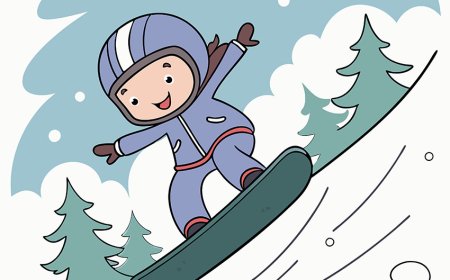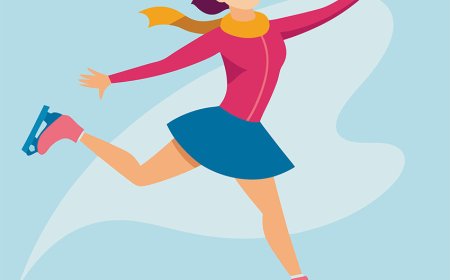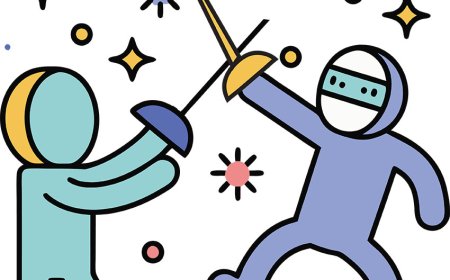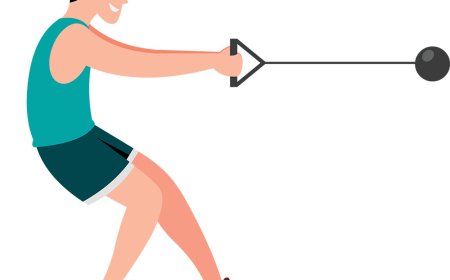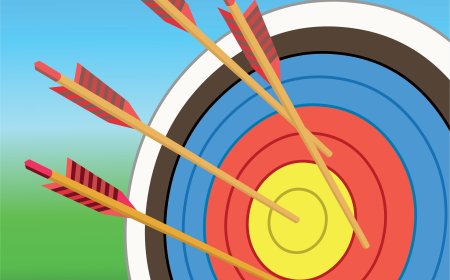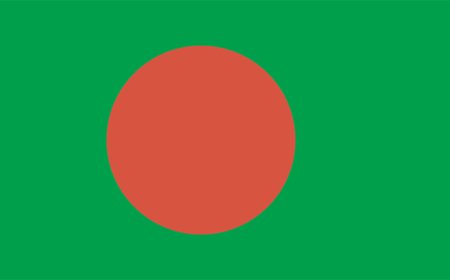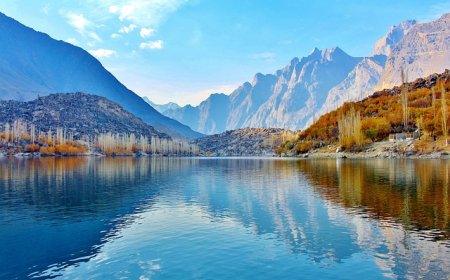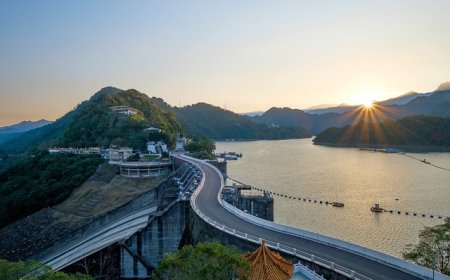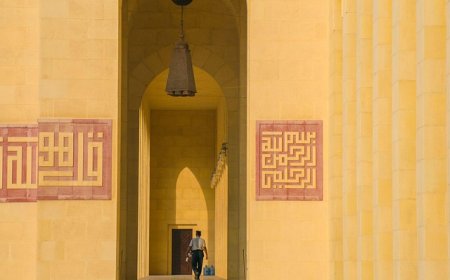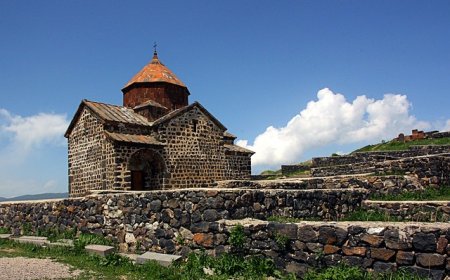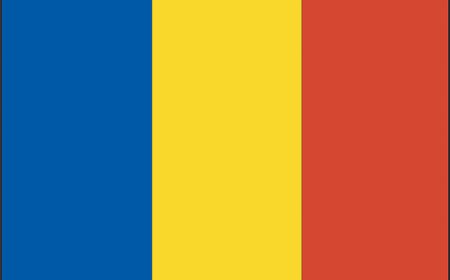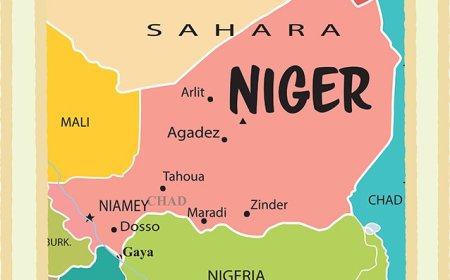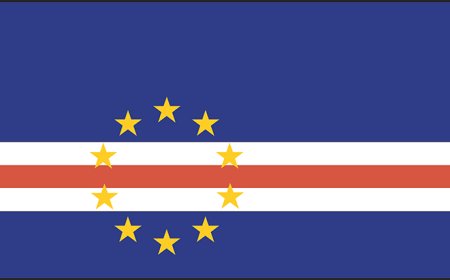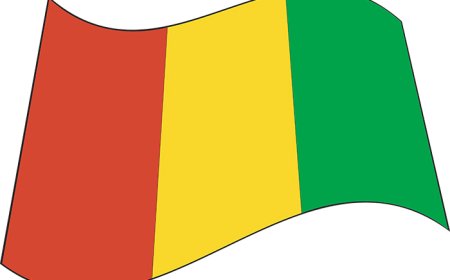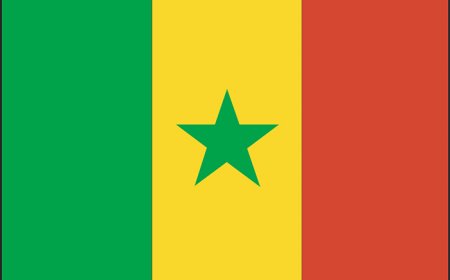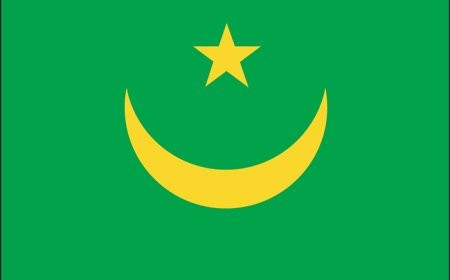Democratic Republic of the Congo Facts for Kids – Geography, History & Culture
Discover the Democratic Republic of the Congo for kids. Learn about its vast rainforests, major rivers like the Congo, rich cultural traditions, colonial and postcolonial history, and diverse ethnic groups
🌍 Introduction: A Land of Rivers, Forests, and Diversity
The Democratic Republic of the Congo (DRC) is the second-largest country in Africa by area, stretching from the Atlantic coast across the vast Congo Basin rainforest and into highland plateaus. Often called the “Heart of Africa,” it is home to the mighty Congo River, the world’s deepest river, which winds through jungle teeming with life. With over 200 ethnic groups and hundreds of languages, the DRC’s people reflect incredible cultural diversity. Despite challenges—conflict, resource exploitation, and poverty—the Congolese remain resilient, preserving traditions and stewarding one of the world’s most important ecosystems.
🗺️ Geography and Environment
Spanning nearly 2.3 million square kilometers, the DRC touches nine countries, from the Republic of the Congo in the west to Tanzania in the east. Its terrain falls into three broad zones: the low-lying Congo Basin rainforest, which covers most of the center and north; the Central African plateau of fertile savanna and rolling hills; and the Mitumba Mountains and Ruwenzori Range in the east, whose peaks rise above 5,000 meters and feed tributaries of the Nile. The Congo River and its tributaries carve a vast network of waterways, providing transport and irrigation. The climate is tropical—hot and wet in the rainforest, with a distinct dry season in the south—and supports spectacular biodiversity, including forest elephants, gorillas, okapis, and hundreds of bird species.
🏛️ Government, Language, and Population
The DRC’s government is a semi-presidential republic, with a president, prime minister, and national assembly. Since independence from Belgium in 1960, it has experienced decades of political upheaval, wars, and peace processes. Today, the capital city Kinshasa—one of Africa’s largest urban areas—anchors the west, while Lubumbashi, Goma, and Mbandaka serve as regional centers.
With nearly 100 million people, the DRC is Africa’s fourth-most populous country. Its population comprises major Bantu-speaking groups such as the Kongo, Luba, Mongo, and Tutsi, alongside numerous smaller communities. French is the official language, used in government and schools, while four national languages—Lingala, Swahili, Kikongo, and Tshiluba—link regional cultures and are spoken by millions in daily life. Christianity is the dominant faith, with Roman Catholic and Protestant denominations, and many blend traditional beliefs into their practices.
🎭 Culture and Daily Life
Congolese culture is renowned for its music, dance, art, and oral traditions. The DRC gave birth to Soukous (Congolese rumba) and contemporary Afrobeats stars; intricate drum and guitar rhythms accompany energetic dances at markets, festivals, and family celebrations. In villages, elders pass down folktales and proverbs around evening fires. Daily life often centers on smallholder farms—growing cassava, maize, plantains—or urban markets where fresh produce and crafts are traded. Congolese cuisine includes fufu (a dough of cassava or plantains), moambe chicken (palm nut stew), and river fish grilled on open fires. Despite hardships—limited infrastructure, periodic food shortages—communities maintain strong kinship ties and a tradition of mutual aid.
📜 History: Kingdoms, Colonization, and Independence
Long before European arrival, the Congo Basin was home to complex societies such as the Kongo Kingdom, noted for its metallurgy and diplomacy with early Portuguese explorers. The Luba and Lunda empires in the southeast developed trading networks extending across Central Africa. In the late 19th century, King Leopold II of Belgium claimed the region as his personal property, leading to decades of forced labor and atrocities in the Congo Free State. After international outcry, Belgium annexed it as the Belgian Congo until 1960, when the DRC became independent. The post-colonial era brought Mobutu Sese Seko’s long dictatorship, during which the country was renamed Zaire, followed by civil wars and regional conflicts that drew in neighboring armies. Since 2003, successive peace treaties have aimed to stabilize the east, but pockets of unrest persist.
💰 Economy and Resources
The DRC is extraordinarily resource-rich, with vast reserves of copper, cobalt, diamonds, tantalum, and coltan—minerals critical to modern electronics. Its forests supply timber, and its rivers hold hydropower potential. Yet extraction often benefits foreign companies and armed groups more than local communities, fueling conflict and environmental harm. Agriculture remains the livelihood for most Congolese, producing staple crops like cassava, maize, and rice. The government and international partners are working to improve infrastructure, governance, and ethical mining practices, in hopes of translating resource wealth into education, healthcare, and stable growth.
🌿 Wildlife and Natural Beauty
The DRC’s rainforests are part of the Congo Basin, Earth’s second-largest tropical forest after the Amazon. National parks—Virunga, Salonga, Kahuzi-Biega, and Garamba—shelter endangered species: mountain and lowland gorillas, okapis, forest elephants, and chimpanzees. Virunga National Park, Africa’s oldest, spans volcanoes and grasslands, offering visitors the chance to trek among habituated mountain gorillas. Conservationists and park rangers face dangers from poaching and armed groups, but their work is vital to global biodiversity. Beyond the jungle, the Upemba and Lualaba wetlands host hippos, crocodiles, and water birds, underscoring the DRC’s ecological importance.
📚 Vocabulary List
Word Definition
Basin A low-lying area drained by a river and its tributaries
Kinshasa The capital city of the Democratic Republic of the Congo
Fufu A staple dough made from cassava or plantain, eaten with soups or stews
Soukous A popular dance music genre born in the DRC, also called Congolese rumba
Coltan A mineral used in electronics, mined in eastern DRC
Mobutu Sese Seko Military leader who ruled Zaire (now DRC) from 1965 to 1997
Okapi A forest-dwelling relative of the giraffe, native to the Congo rainforest
Congo Free State The DRC under King Leopold II’s personal rule (1885–1908), noted for abuses
Hydropower Electricity generated by moving water, especially from large rivers
Virunga Africa’s oldest national park, known for mountain gorillas and volcanoes
🧒 Kid-Friendly Summary
The Democratic Republic of the Congo is a massive country in central Africa, covered mostly by thick rainforests and crossed by the Congo River. It’s home to gorillas, okapis, and forest elephants. People speak French and many local languages, and they grow cassava, plantains, and rice. The DRC has lots of minerals like cobalt and copper for electronics, but mining has caused conflicts. Despite many challenges—wars, poverty, and logging—Congolese communities are proud of their music, culture, and wildlife, and they’re working to protect their forests and build a better future.
🎯 Interactive Quiz: What Do You Know About the DRC?
What is the capital of the DRC?
a) Brazzaville b) Kinshasa c) Kigali d) Luanda
Which river flows through the DRC?
a) Nile b) Congo c) Zambezi d) Niger
What mineral, crucial for electronics, is mined in the eastern DRC?
a) Gold b) Coltan c) Diamond d) Iron
What forest animal related to the giraffe lives only in the DRC?
a) Okapi b) Llama c) Zebra d) Tapir
What music style originated in the DRC?
a) Jazz b) Soukous c) Reggae d) Flamenco
Who ruled the country when it was called Zaire?
a) Patrice Lumumba b) Joseph Kabila c) Mobutu Sese Seko d) Félix Tshisekedi
What is Virunga National Park famous for?
a) Desert dunes b) Mount Kilimanjaro c) Mountain gorillas d) Snow leopards
What does “landlocked” mean?
a) Surrounded by mountains b) No rivers c) No coastline d) Covered by forest
